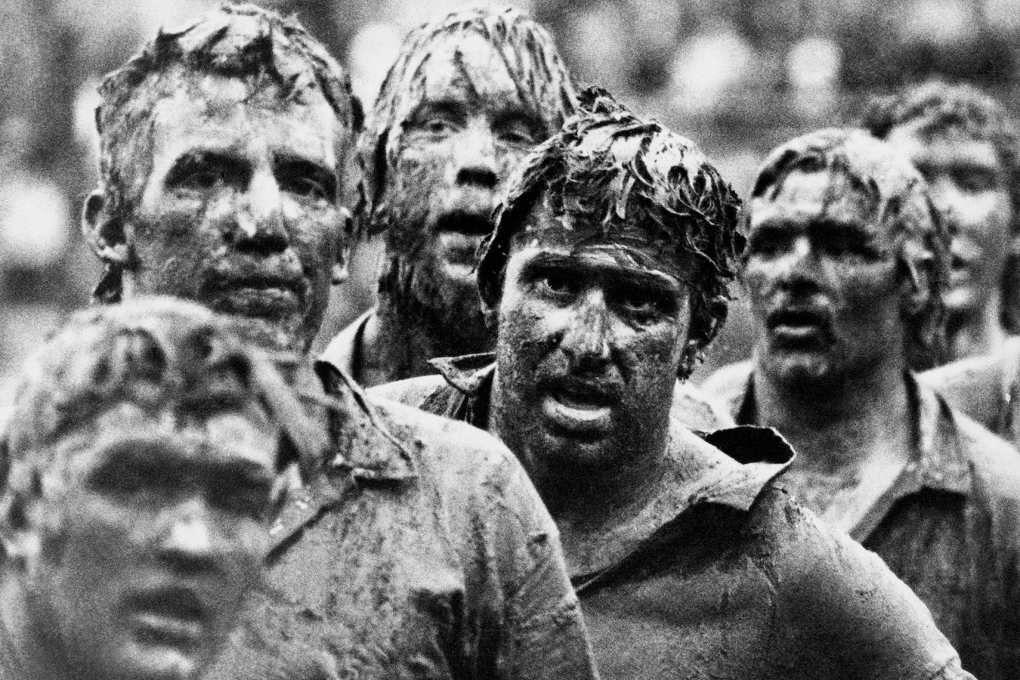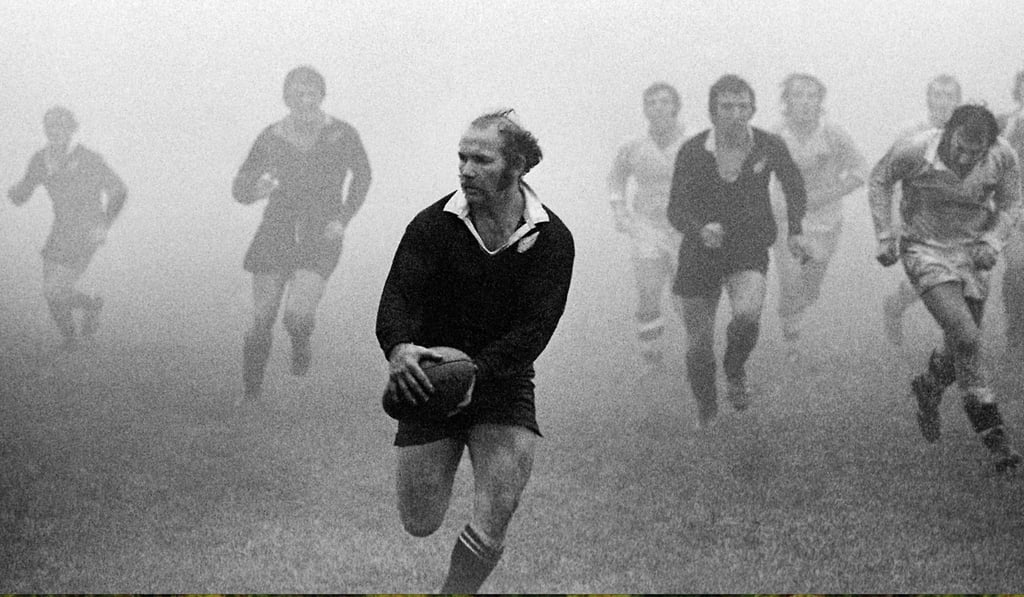Rugby World Cup: warriors on the field and action heroes off it, All Black greatness pushes new boundaries
- An exhibition of images shot by legendary photographer Peter Bush is on display in Japan ahead of the Rugby World Cup

Nothing says art like New York City. Chelsea is the epicentre, with contemporary art in every form, while Midtown has history and the Upper East Side boasts stately and stylish galleries. But it’s downtown in the Lower East Side where you find edgy and gritty.
“Our focus over the years has been as a socially conscious gallery in New York that specialises in showcasing the work of documentary photojournalists,” said Felicia Anastasia, founder and creative director at Anastasia Photo Gallery in the Lower East Side.
Recent shows like The Treachery of Impermanence, which examined how “technology hijacked us into an era of post-individualism”, would seem to fit into Anastasia’s ethos of trend forecasting some of the world’s most current and pressing issues.
Where the most famous and accomplished rugby team in the world belong in this weighty realm seems a bit of a head scratcher. Still, if it’s grit you want, few can match New Zealand’s All Blacks and as the squad prepare to defend their World Cup crown in Japan next week, their historical prowess will be on full display for Manhattan gallery goers.

From September 19 through November 30, Anastasia Photo will host an exhibition entitled Mana; 60 Years of All Blacks Photography, featuring pictures from legendary lens man Peter Bush. The gallery will also co-host a showing in Tokyo in October offering World Cup fans a first-hand look at a series of pictures that in the pre-digital era came to define the All Blacks for an entire country.